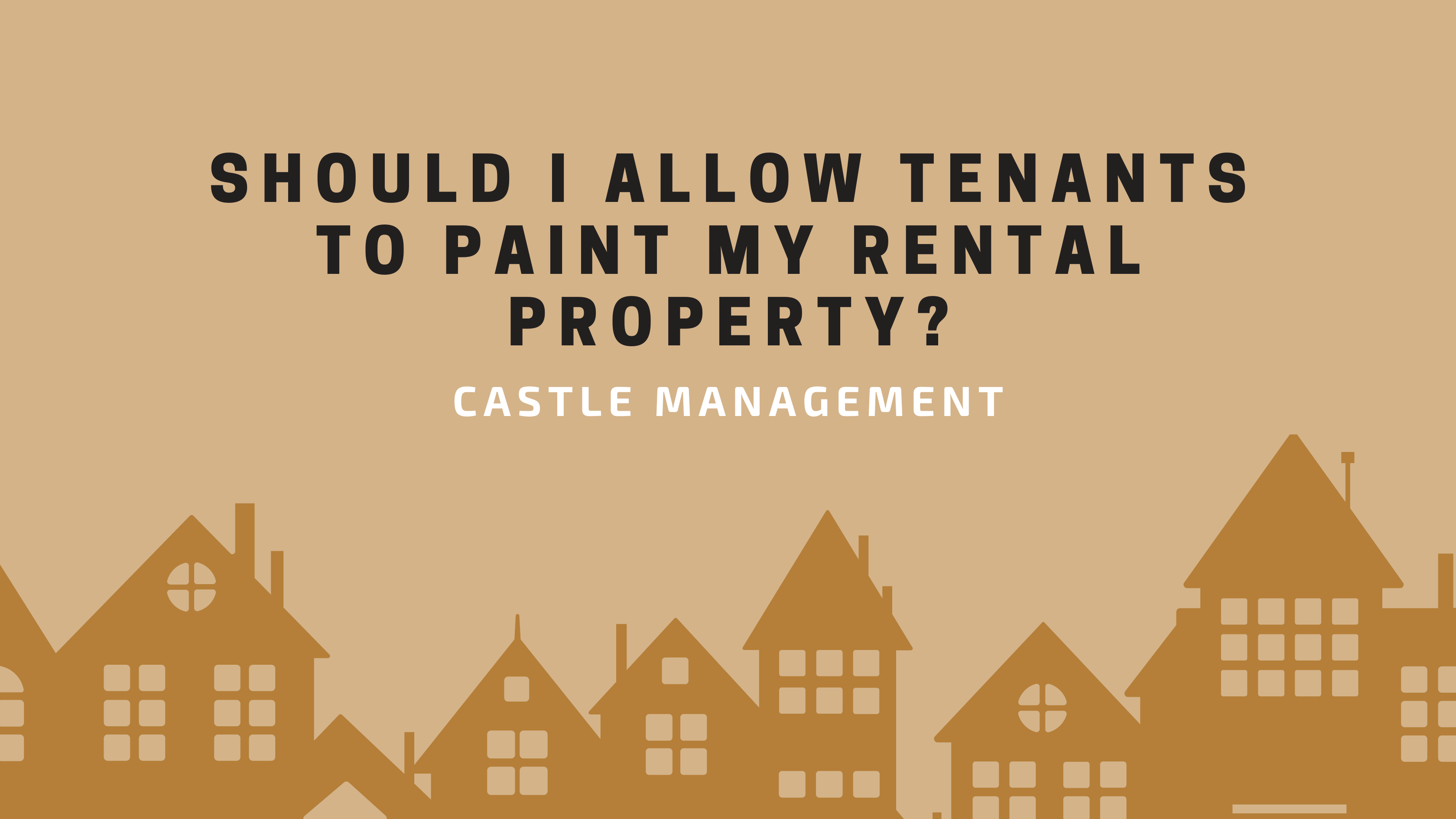
As a landlord, the question of whether to allow tenants to paint their rental units can be a bit of a double-edged sword. On one side, giving tenants the freedom to personalize their living space can boost satisfaction and even extend their stay. On the flip side, you might face potential issues with mismatched colors, shoddy workmanship, or costly repairs.
So, how do you strike a balance? In this article, we’ll explore the pros and cons of letting tenants paint, especially in multi-family properties, and provide some guidelines to help you make a smart, informed decision.
The Pros of Allowing Tenants to Paint
Increased Tenant Satisfaction
Happy tenants are likely to stick around, and one way to increase their happiness is by letting them personalize their living spaces. When tenants feel like they can make a space truly their own, they’re more likely to feel at home, which can translate to longer leases and fewer vacancies.

Allowing them to paint might seem like a small gesture, but it can significantly improve their overall satisfaction with the property.
Potential for Longer Leases
Customized living spaces can also encourage tenants to stay longer in multi-family properties. When tenants have the freedom to paint and personalize their units, they may feel a stronger connection to their home, making them less likely to move.
This can be particularly beneficial in multi-family settings, where high tenant turnover can lead to increased vacancy rates and higher costs associated with finding new residents. Longer leases mean fewer vacant units and a more predictable income stream for property managers and owners.
The Cons of Allowing Tenants to Paint
Potential Damage and Repair Costs
In multi-family properties, the risk of damage from tenant painting can be more pronounced due to the larger number of units. Inexperienced or careless painting can result in issues such as paint splatters on common areas, drips, or uneven finishes.

Repairing and restoring units to their original condition can be costly and time-consuming, especially if multiple units are affected. Additionally, if tenants use non-standard paints or finishes, it could complicate future maintenance or painting efforts, leading to increased expenses for the property owner.
Impact on Property Value
The impact of tenant painting on property value can be significant in multi-family properties. Non-neutral or unconventional colors chosen by tenants might affect the overall aesthetic appeal of the property, making it less attractive to future residents or buyers.
In multi-family buildings, where uniformity and appeal are important for attracting new tenants, inconsistent or poorly executed paint jobs can detract from the property's marketability. Ensuring that paint choices align with a cohesive and appealing look for the entire building is crucial to maintaining its value and attractiveness.
Clear Guidelines to Set
Approved Colors and Finishes
If you’re open to the idea of allowing tenants to paint, establishing clear guidelines is essential. Create a list of approved colors and finishes that tenants can choose from.
These should complement the common areas and the exterior of the building, ensuring that the property maintains a cohesive look. Clearly communicate these guidelines to tenants, so there’s no confusion about what’s acceptable.
Professional vs. DIY Painting
Deciding whether to allow professional or DIY painting in multi-family properties requires careful consideration. Requiring professional painting can ensure that the work is done to a high standard, minimizing the risk of damage and ensuring consistent quality across multiple units.
Professional painters are also more likely to use high-quality materials and techniques, which can prolong the life of the paint job. If allowing DIY painting, set strict guidelines for preparation, quality, and cleanup to ensure that tenants’ efforts meet your standards. This can help mitigate potential issues and maintain the property’s appearance.
Alternative Solutions
Incentives for Well-Maintained Properties
If allowing painting is not ideal, consider offering other incentives to keep tenants satisfied in a multi-family property. For example, you might provide upgrades to common areas, such as enhanced amenities or improved landscaping, to enhance the overall living experience.
Alternatively, offering rent discounts or providing additional services like professional cleaning can help maintain tenant satisfaction without the risks associated with tenant painting. These incentives can foster a positive relationship with tenants and encourage them to take good care of their units.
Paint Changes with Conditions
Permitting paint changes with specific conditions can be a practical solution for multi-family properties. Establish clear parameters for tenant painting, such as requiring approval for colors and finishes, and stipulate that any changes must be reversible.

For instance, you might require tenants to get approval for their color choices or agree to repaint the walls back to the original color before they move out. Another option is to have them use removable wallpaper or paint that’s easy to cover up later. These conditions provide tenants with some level of personalization while protecting your investment.
Final Words
Allowing tenants to paint their rental units can be a tricky decision, especially in multi-family properties. On one hand, it can boost tenant satisfaction and reduce turnover, which is always a plus. On the other hand, it can lead to potential damage, inconsistent aesthetics, and higher maintenance costs.
By setting clear guidelines, offering alternative incentives, and weighing the pros and cons carefully, you can make a decision that aligns with your property management strategy.
Need help crafting policies that keep your property in top shape while keeping tenants happy? Consider hiring a property manager! Reach out to Castle Management for expert advice tailored to your specific needs. We’re here to help you navigate these decisions and keep your rental property thriving.
